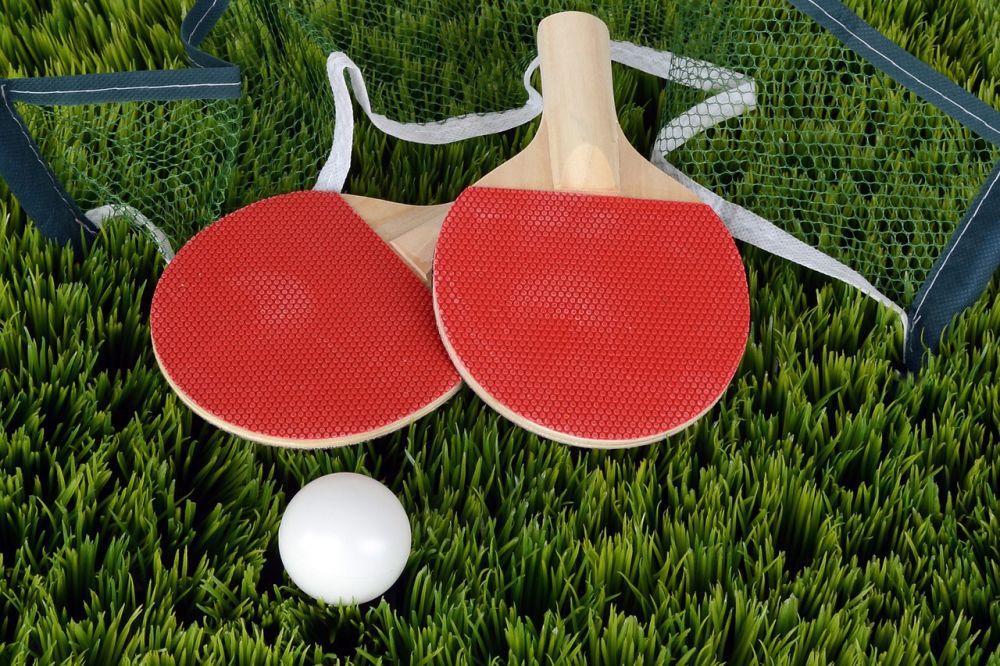40-40 Tennis: The Ultimate Way to Test Skill and Strategy

Introduction
Tennis, a sport enjoyed by millions around the world, has evolved over the years. From the traditional scoring system to tiebreakers, new formats have emerged to enhance the excitement and competitiveness of the game. One such format that has gained popularity among both professional and amateur players is ”40-40 tennis.” In this comprehensive article, we will dive into the intricacies of 40-40 tennis, exploring its various types, quantitative measurements, differences between them, and their historical pros and cons.
Overview of 40-40 Tennis

At a glance, 40-40 tennis refers to a scoring system where players start at the score of 40-40 (also known as ”deuce” in traditional tennis). Unlike regular scoring, where players need two consecutive points to win a game, in 40-40 tennis, they need only one. This creates intense pressure and tight matches, making it a thrilling format for players and spectators alike.
Types of 40-40 Tennis
There are several variations of 40-40 tennis, each adding its unique twist to the game. Let’s explore some popular types:
1. No-Advantage 40-40 Tennis: In this variant, the first player to win a point after reaching 40-40 wins the game. There are no advantages or disadvantages, eliminating the need to win two consecutive points.
2. Loser’s Choice 40-40 Tennis: Here, after a player wins a point at 40-40, they can choose to select their advantage side (left or right) or opt for a traditional deuce.
3. Super Tiebreak 40-40 Tennis: Instead of playing multiple games at 40-40, a super tiebreak, typically played until 10 points, decides the winner. This variant offers a faster-paced and potentially more dramatic experience.
Quantitative Measurements of 40-40 Tennis
To understand the impact of 40-40 tennis, let’s take a look at some quantitative measurements:
1. Match Duration: Compared to traditional tennis, 40-40 tennis matches tend to be shorter in duration. The compressed scoring system increases the speed of decision-making for players.
2. Number of Deuces: In traditional tennis, reaching 40-40 often leads to multiple deuces before a player eventually wins the game. In 40-40 tennis, the number of deuces is significantly reduced, resulting in quicker game resolutions.
Differences between 40-40 Tennis Types
While all the variations of 40-40 tennis share the common starting point and aim to create intense and fast-paced gameplay, they differ in their specific rules and strategies.
1. No-Advantage 40-40: This format favors players who excel at winning crucial points under pressure. It requires mental resilience and the ability to exploit opponents’ weaknesses in a single point.
2. Loser’s Choice 40-40: With the added element of strategic decision-making, this variant raises the importance of court positioning and shot placement. Players must choose wisely to gain an advantage over their opponents.
3. Super Tiebreak 40-40: The fast and furious nature of a tiebreak rewards players who possess a strong serve and the ability to create quick scoring opportunities. Aggressive shot-making and shot selection play a pivotal role here.
Historical Pros and Cons of 40-40 Tennis
As with any new format, 40-40 tennis has its fair share of advantages and disadvantages. Let’s take a brief historical overview:
Pros:
– Increased excitement and intensity by reducing the number of points needed to win a game
– Faster match durations make it more appealing for time-constrained players and spectators
– Encourages decisive shot-making and strategic decision-making under pressure
Cons:
– Traditionalists may find the departure from the conventional scoring system disruptive
– The reduction of deuces may result in less tactical battles and missed opportunities for players to showcase their resilience
– Possible imbalance in advantage selection in Loser’s Choice 40-40 Tennis, giving one player an undue advantage
In conclusion, 40-40 tennis brings a fresh and exhilarating twist to the traditional game. Whether it is the high-stakes one-point-decider or the faster-paced super tiebreak, this format challenges players to think quickly and make decisive moves. While it may not replace the classic scoring system entirely, 40-40 tennis offers an exciting alternative that complements traditional tennis and keeps players on the edge of their seats. asdf

















